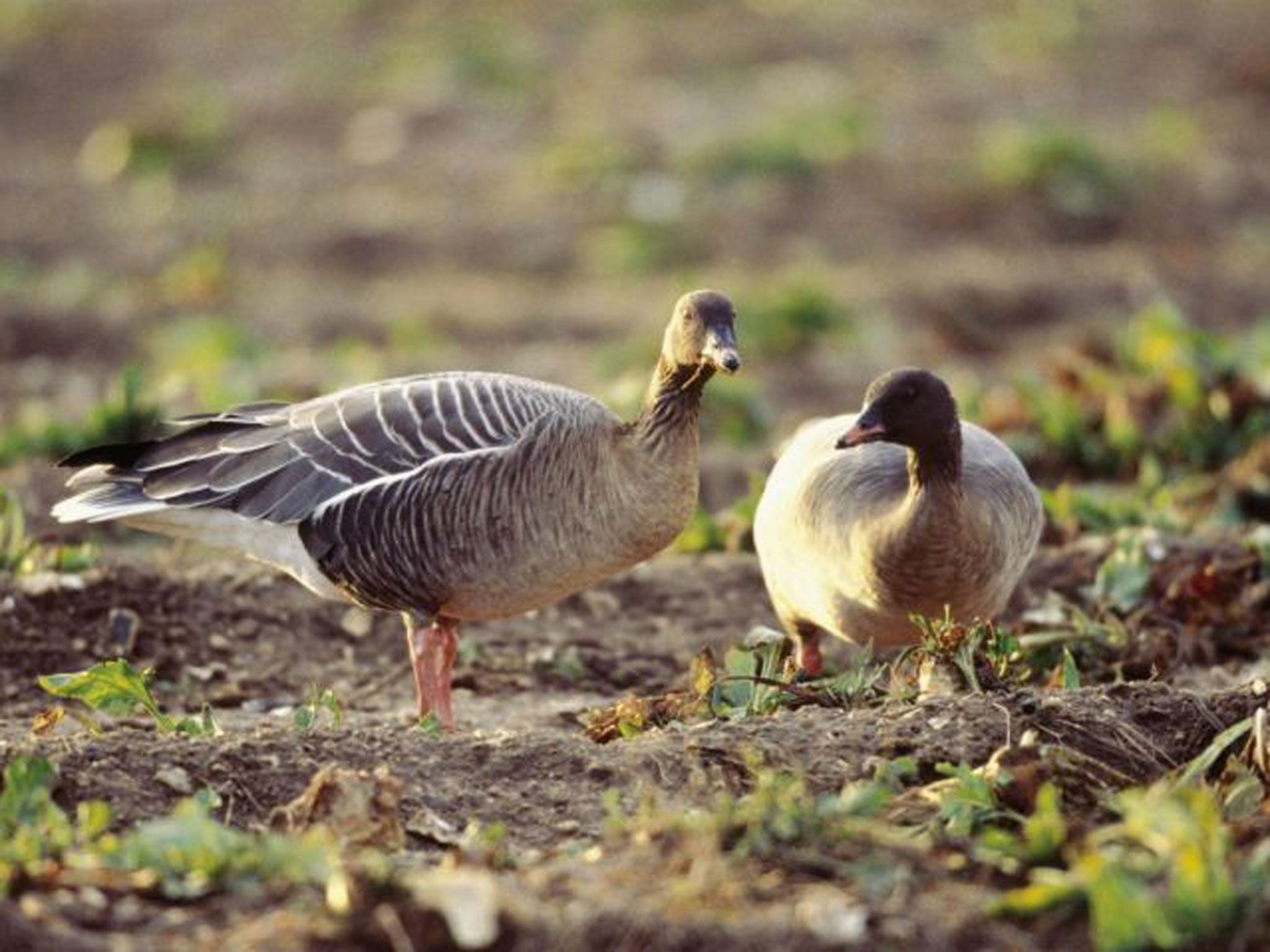Wildlife Weekend: Wintering birds in the Kingdom of Fife

Spend most of the first day in Largo Bay, south-west of Kirkcaldy. There may be no finer location to watch the wintering seaduck for which Scotland is renowned. If the tide is high and the sun shining, start with the light behind you at the bay’s eastern edge, Ruddon’s Point. Look westwards for dense black rafts of scoters, mainly common scoter. A flash of white wings draws your attention to velvet scoters secreted among them. Check the flock carefully and you could even see surf scoter. There is no more regular British site for this North American visitor.
Armed with a telescope, you should also pick up divers and grebes. Before leaving, check Shell Bay for waders: knot, sanderling and grey plover forage on the beach, and purple sandpiper scurry across rocks.
Now drive west to Lower Largo, midbay. From the car park east of the village, scan for red-breasted merganser, eider and other seaduck. Check the stone pier behind Crusoe Hotel for roosting waders, particularly purple sandpiper. Then head west to Levenmouth. Scan the sea off Methil docks and power station for hundreds of long-tailed ducks.
Having started the first day on the coast, open day two inland. Just east of the M90 at Kinross, Loch Leven attracts numerous wintering wildfowl, notably pink-footed geese. Numbers peak at either end of winter, but a few thousand should still be around. The pink-feet are accompanied by greylag geese. Peak goose-watching time is dawn, when the nocturnal roost disperses. The best vantage point is RSPB Loch Leven. Here, three hides, a visitor centre, coffee shop and cosy observation room afford great views over fields, marshes and lagoons.
Loch Leven is not just about birds. Climbing Vane Hill, south of the visitor centre, you may see roe deer. And search Levenmouth Plantation pines for red squirrel, recolonising the area in the absence of the pox that has ravaged populations elsewhere.
After lunch at the reserve café, return coastwards to the Eden estuary. Outhead car park is a viewpoint for harbour seal, seaduck and the odd Slavonian grebe. As afternoon wanes, keep an ear out for the few thousand pink-footed geese that roost here.
This is an edited extract from ‘52 Wildlife Weekends’ by James Lowen, published by Bradt. IoS readers can buy a copy for just £7.79 (inc UK p&p) by visiting bradtguides.com and using the discount code 52WW. Offer valid until 31 Jan 2015
Join our commenting forum
Join thought-provoking conversations, follow other Independent readers and see their replies
Comments
Bookmark popover
Removed from bookmarks